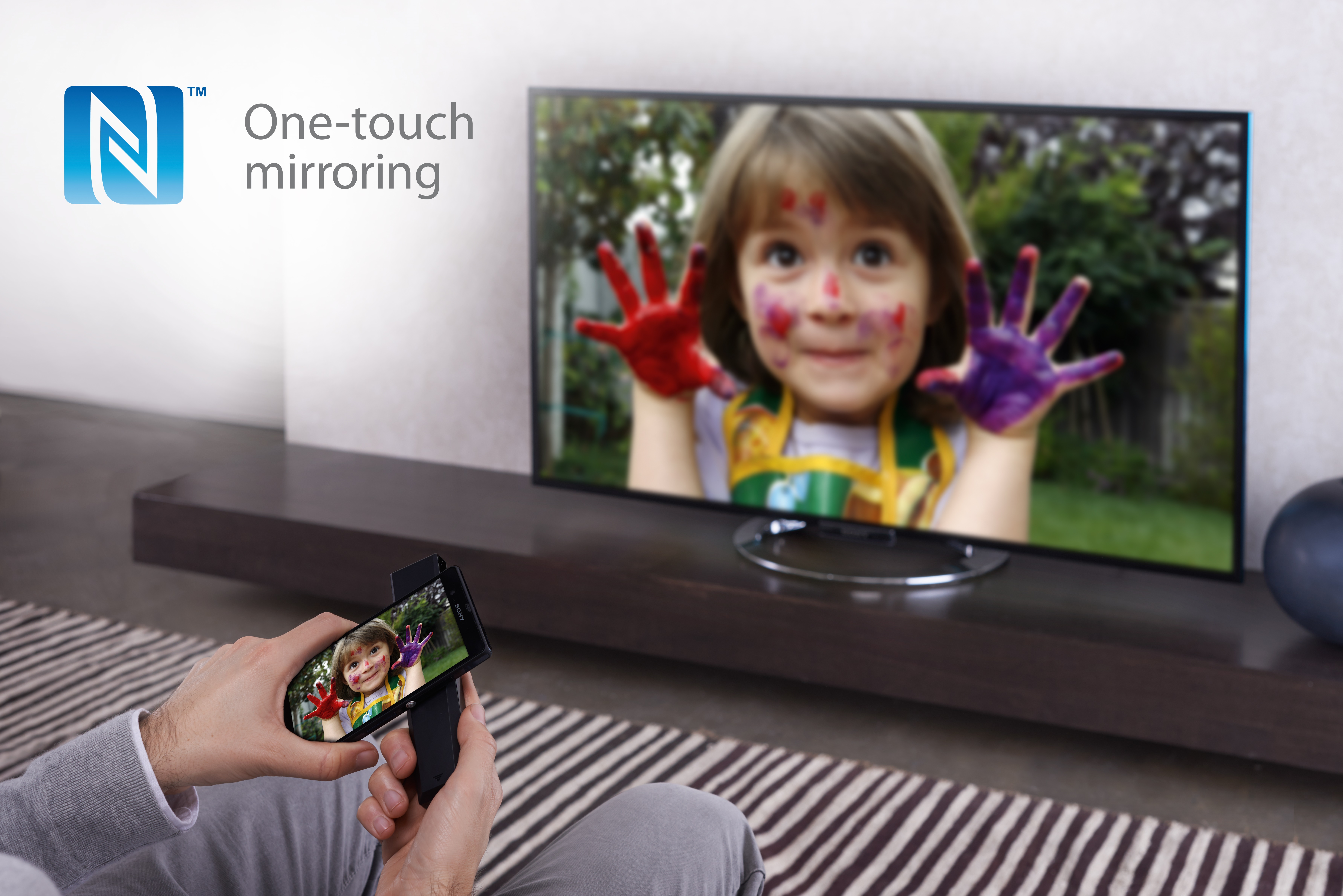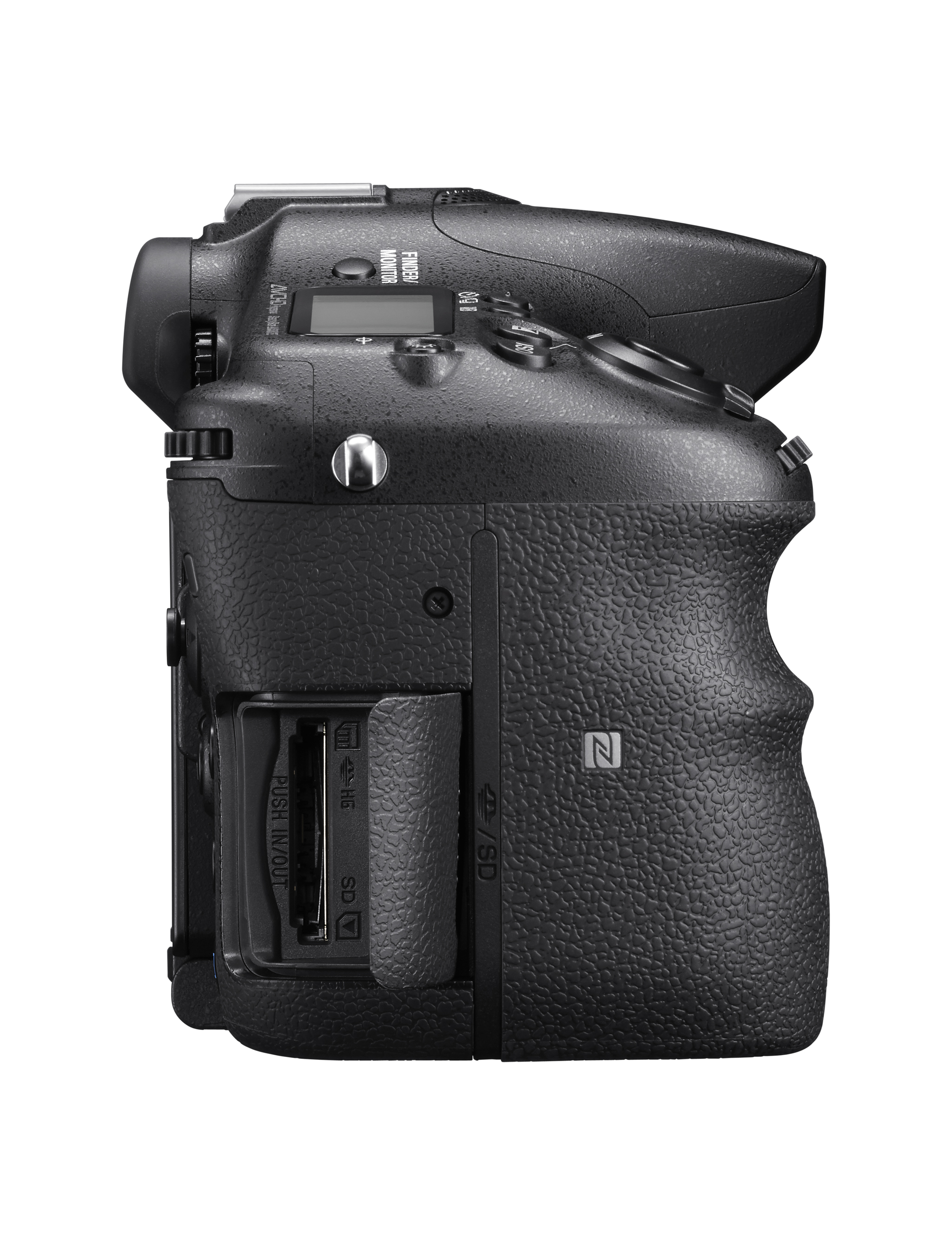You might have seen Wi-Fi Alliance’s announcement about the launch of Wi-Fi CERTIFIED Wi-Fi Protected Setup™ with Near Field Communication (NFC) “tap-to-connect”. I think this announcement is a big deal, and here is why.
Tap-to-connect: Wi-Fi® and NFC make a great pair
Setting up Wi-Fi networks and connecting devices using Wi-Fi Direct® hasn’t been an issue for technically-minded people, but that wasn’t always true for non-technical consumers. With the roll-out of “tap-to-connect” these issues should be things of the past.
“Tap-to-connect” is based on Wi-Fi and NFC technology. The intuitiveness of NFC – setting up a connection by simply tapping two devices together– allows for straightforward identification of devices and automatic exchange of relevant configuration data. Once that data is exchanged via NFC, devices can set up the Wi-Fi link without requiring any user input, and then get started with applications like Miracast®. So instead of fiddling with settings, “tap-to-connect” lets users just bring two devices together and everything happens automatically in the background. There is a big market for this exciting development:
According to ABI Research, there will be 500 million NFC-enabled devices in the market in 2014.
Wi-Fi Alliance indicates that Wi-Fi is in 25 percent of homes around the world, and about two billion Wi-Fi devices were sold in 2013.
My favorite use case: Screen sharing between smartphone and TV
My favorite use case to illustrate the strengths of tap-to-connect is screen sharing using NFC and Miracast. Just imagine that you want to show your family some pictures you took on your last business trip. Of course, you could show the photos on your phone, but that screen is tiny and not conducive to group sharing. With NFC and Miracast, you turn on your TV, and simply touch your smartphone to the TV remote. Instantly the screen of your phone is mirrored on your TV. You still swipe through your photo collection as you normally do, but now everybody can appreciate the photos on a much bigger screen.
NFC and Miracast enable instant screen sharing of photos from your smartphone to TV via “tap-to-connect.”
Roughly a year ago, we saw the first implementations coupling NFC “tap-to-connect” and Miracast. The essential specifications were ready, and with the prevalence of smartphones, the market was ready, too. Now, Wi-Fi Alliance and NFC Forum are fulfilling their promise, and industry players have everything they need to develop products. This is great news for consumers.
“Tap-to-connect” is, of course, not restricted to the Miracast example. There are plenty of other areas where this technology will be applied, like Wi-Fi cameras that connect to smartphones, and Wi-Fi speakers, to name a few.
NFC is a universal technology
Wi-Fi Alliance’s endorsement of NFC as “easy setup” technology help position NFC as the universal tool to set up secured connections for major wireless connectivity solutions.
NFC is still a new technology to the average consumer, so we shouldn’t underestimate the effort it takes to educate consumers that “tapping” devices is enough to establish a connection. Things like the touch area of the devices – the area where the NFC antenna is located - need to be explained to users, and industry-wide consensus on how the NFC touch area is identified would definitely help, e.g., by agreeing to use NFC Forum’s N-Mark as the universal indicator.
The NFC Forum N-Mark is the global symbol for NFC. It tells consumers where to touch to initiate an NFC action.
On a personal note: It’s always rewarding to see the results of hard work coming to fruition. And as I was involved in the early days when Wi-Fi Alliance worked on the initial Wi-Fi Protected Setup specifications – and pitched NFC to the working group – I’m really excited to see this technology being rolled out to the market. I would like to take this opportunity to thank the many bright people that were involved for investing time and effort to make this happen.
The statements and opinions by each Wi-Fi Alliance member and those providing comments are theirs alone, and do not reflect the opinions or views of Wi-Fi Alliance or any other member. Wi-Fi Alliance is not responsible for the accuracy of any of the information provided by any member in posting to or commenting on this blog. Concerns should be directed to info@wi-fi.org.






Add new comment